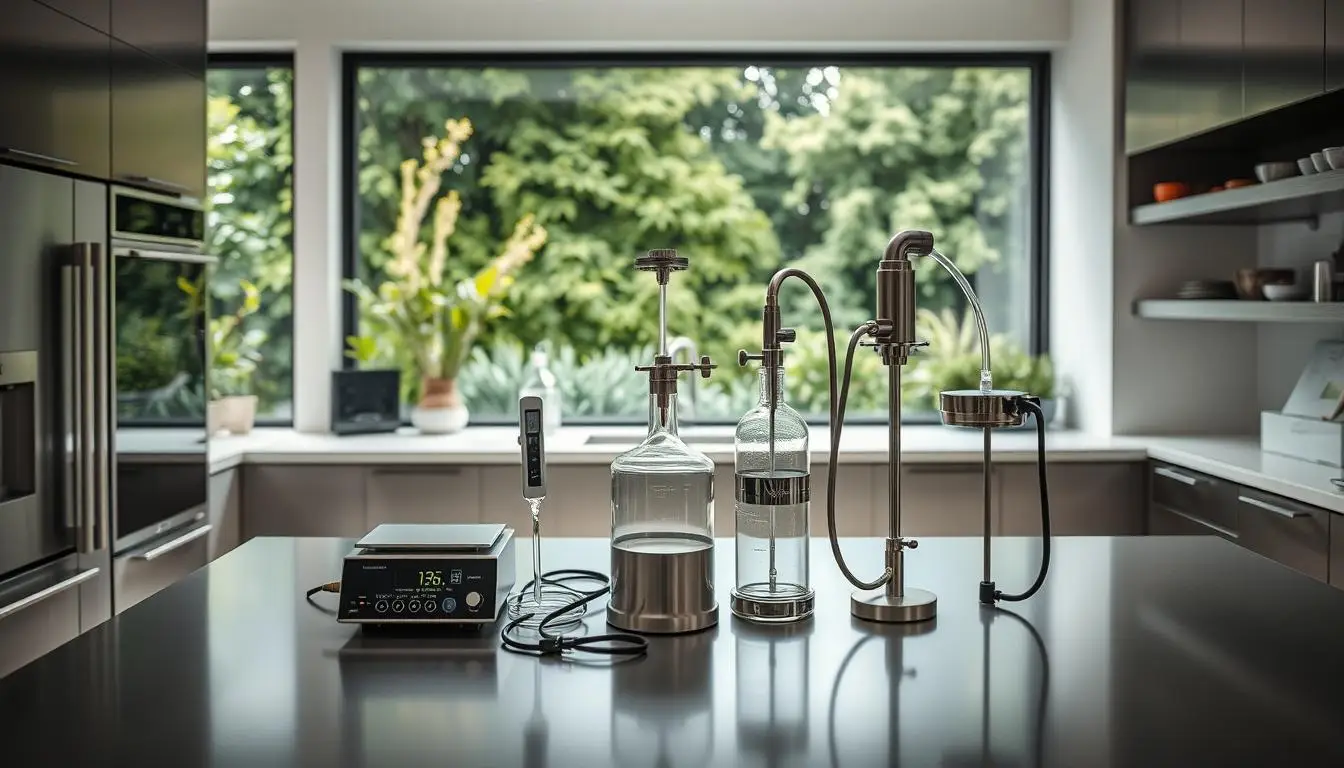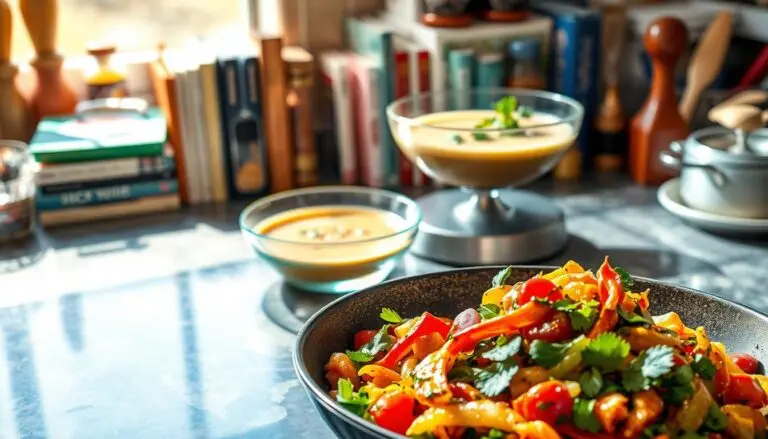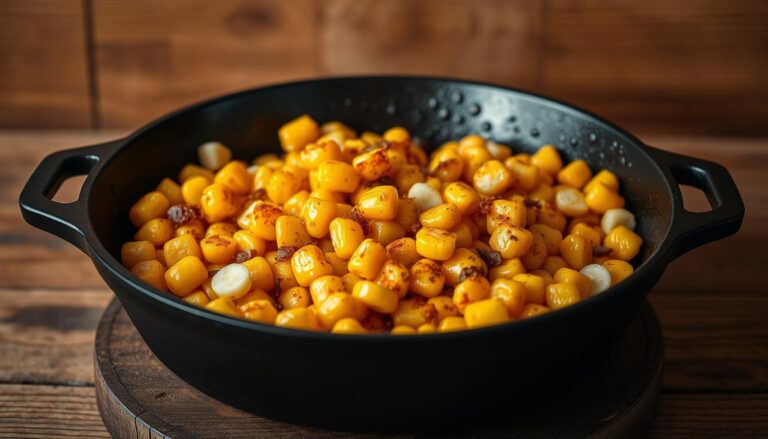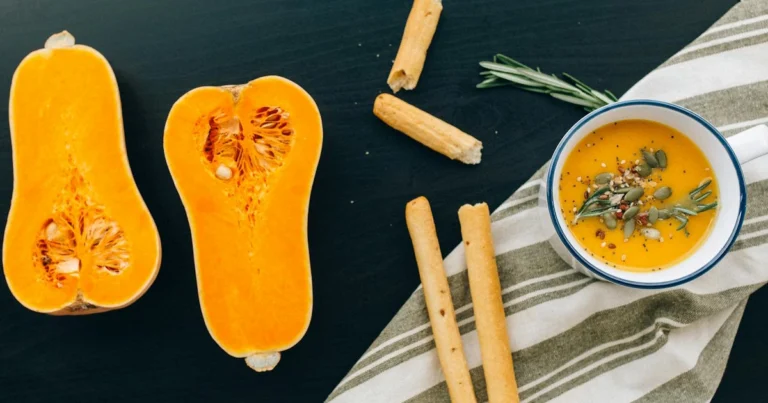Abiotic Factor Cooking: Tips for Perfect Dishes
Table of Contents
Surviving in the Abiotic Factor game is more than just staying alive. It’s about mastering cooking. At first, my cooking skills were as empty as the game’s world. Hunger was always with me, making every meal a fight to stay alive.
Learning to cook in the Abiotic Factor game changes everything. It turns survival into a game of resource management. By mastering cooking, you open up a world of nutrition that boosts your gameplay.
Your cooking journey starts with basic techniques. These skills are key to surviving the tough environment. Cooking involves using the right tools and ingredients, all of which are vital for success.
Cooking isn’t just about eating to fill your hunger. It’s about gaining strategic advantages. Reaching Cooking Level 3 lets you make hearty soups that restore hunger. Higher levels offer even more complex dishes.
The secret to great cooking in the Abiotic Factor game is to experiment and manage resources well. Whether you’re grilling meat or making stews, each dish brings you closer to survival and victory.
Understanding the Basics of Cooking Mechanics
Cooking is more than just throwing ingredients into a pot. The importance of abiotic factors in cooking can make your meals amazing. Knowing how environmental conditions affect food is key to success in the kitchen.
Abiotic factors like temperature, humidity, and equipment precision are vital. They help turn raw ingredients into tasty dishes.
Essential Cooking Equipment and Tools
To be a great cook, you need the right tools. These tools help control important factors:
- Digital thermometer for precise temperature tracking
- Humidity gauge to monitor moisture levels
- High-quality cookware with even heat distribution
- Kitchen scale for ingredient accuracy
Basic Food Preparation Techniques
Good food prep means knowing how abiotic factors work together:
| Technique | Abiotic Factor Impact | Skill Level |
|---|---|---|
| Boiling Water | Temperature Control | Beginner |
| Sautéing | Heat Intensity | Intermediate |
| Soup Making | Moisture and Heat | Advanced |
Understanding Cooking Progression
Your cooking skills grow with practice and knowledge of abiotic factors. Start simple, experiment carefully, and gradually increase your complexity. Each new technique you learn brings you closer to becoming a skilled cook.
Mastering cooking is about understanding the science behind food preparation, not just following recipes blindly.
Mastering the Art of Soup Making
Soup making is a delicate art that blends abiotic factors and precise techniques. It turns simple broths into remarkable dishes. Knowing how the environment affects your cooking is key.
Your soup’s success hinges on several factors:
- Water quality and hardness
- Altitude and boiling point variations
- Ingredient sourcing and seasonal availability
- Temperature control
Cooking at different altitudes changes soup making. Water boils at different temperatures depending on elevation. For example:
- Sea level (0 ft): Water boils at 212°F
- 2,000 ft: Water boils at 208°F, requiring 5-10% longer cooking time
- 5,000 ft: Water boils at 203°F, needing 10-15% extended cooking
“The secret to perfect soup lies in understanding the delicate balance between ingredients and environmental conditions.” – Chef’s Wisdom
Local ingredients are vital for soup quality. Seasonal changes and soil type greatly affect flavors. Spring brings asparagus and peas, while autumn offers butternut squash and other root vegetables.
By mastering these factors and techniques, you’ll take your soup from basic to gourmet. It will satisfy both your hunger and taste buds.
Advanced Abiotic Factor Cooking Techniques
Mastering cooking in tough environments means knowing a lot about abiotic factors and food science. Your cooking skills depend on controlling temperature, timing, and technique well. By using heat wisely and manipulating ingredients, you can turn raw food into something amazing.
Professional chefs know cooking is more than just following recipes. It’s about knowing how different environments affect food preparation.
Proper Temperature Control Methods
Managing temperature is key in food science. Your success in cooking depends on these important strategies:
- Use accurate thermometers for precise heat tracking
- Understand thermal conductivity of different cooking surfaces
- Learn heat distribution techniques for consistent cooking
- Monitor cooking zones to prevent uneven heating
Timing and Food Flipping Techniques
Getting better at cooking means mastering timing and movement. Strategic food flipping helps spread heat evenly and keeps food moist.
- Flip proteins at 50-60% cooking time
- Use tongs for precise ingredient manipulation
- Practice consistent flipping intervals
- Observe color and texture changes
Quality Rating System Explained
Your cooking skills can be judged using a detailed quality rating system. This system checks your cooking based on:
- Heat control accuracy
- Ingredient preparation
- Cooking technique precision
- Final dish presentation
By learning these advanced cooking techniques, you’ll improve your kitchen skills. You’ll make dishes that are not just delicious but also made with scientific precision.
Best Ingredients for Powerful Cooking Buffs
Exploring abiotic factors in cooking opens up new ways to make amazing dishes. These dishes can give you incredible benefits. Your cooking skills can turn simple ingredients into meals that amaze and help you.
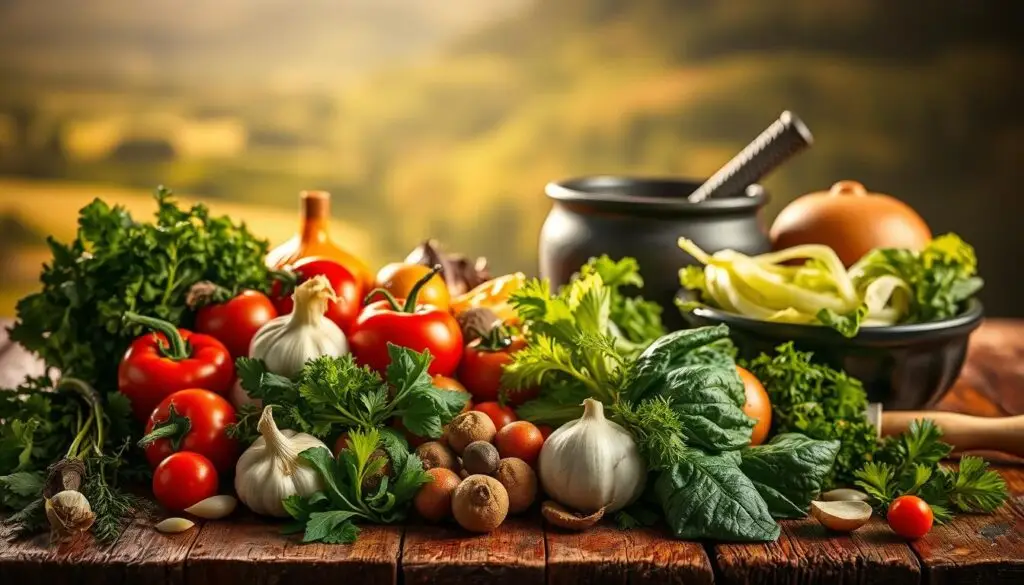
Some ingredients work better with certain conditions to boost your cooking:
- Human Brain: Provides a 15% EXP gain boost (highest in the game)
- Hearty Stew: Reduces hunger drain and increases carry weight by 25%
- Balanced Stew: Boosts XP gain by 15% across all activities
- A&L Mega Stew: Increases movement speed and provides 2 Strength XP
Looking into abiotic factors in cooking, think about how ingredients react to different ways of preparing them. Some ingredients have special effects that can greatly improve your performance.
| Ingredient | Hunger Restore | Thirst Restore | Special Buff |
|---|---|---|---|
| Sustenance Soup | 20 | 20 | 10% Reload/Accuracy XP |
| Sweet Porridge | 23 | 32 | 25% Vending Machine Snack Boost |
| Meaty Stew | 62 | 20 | 10% Melee Weapon XP |
When cooking, aim to mix ingredients that boost nutrition and skill growth. Try out different mixes to find special interactions that improve your performance.
Premium Recipes for Maximum Benefits
Mastering abiotic factors in cooking means knowing how the environment affects your dishes. By choosing the right recipes, you can boost nutrition and flavor.
Making great stews is all about controlling temperature, picking the right ingredients, and using the best cooking methods. This can turn a simple dish into a masterpiece.
Hearty Stew Preparation Guide
Starting with a perfect stew means knowing the key abiotic factors. Your cooking space affects the taste and health of your dish.
- Select fresh, high-quality ingredients
- Maintain consistent cooking temperature
- Layer flavors strategically
- Control moisture and cooking duration
Meaty Stew Combinations
Choosing the right protein is key for deep flavors. Here are some top protein pairings for your stews:
- Beef and root vegetable blend
- Lamb with seasonal herbs
- Chicken and legume mixture
Balanced Stew for Skill Boosts
A well-made stew is not just tasty but also healthy. Adding prebiotic-rich ingredients like chicory root (68% inulin fiber) and Jerusalem artichokes can boost digestive health.
“Cooking is about creating harmony between ingredients and environmental conditions.” – Culinary Expert
By grasping abiotic factors in cooking, you can turn simple ingredients into meals that are both healthy and delicious. These meals will nourish your body and soul.
Understanding Food Quality and Star Ratings

Mastering abiotic factor cooking means knowing how the environment affects food quality. Your success in cooking depends on controlling key factors like temperature, timing, and how you prepare food.
The star rating system helps you see how good you are at cooking. Each star shows a different level of skill:
- One-Star Dish: Basic preparation with little control over the environment
- Two-Star Dish: Better technique with more control over abiotic factors
- Three-Star Dish: Advanced cooking with top-notch environmental precision
Important parts of abiotic factor cooking that affect your rating include:
- Keeping the temperature steady
- How you prepare ingredients
- How long you cook
- The tools and equipment you use
To make high-quality dishes, you must manage these environmental factors well. The role of abiotic factors in cooking is huge. They decide the texture, taste, and health value of your meals.
Precision is the secret ingredient to culinary excellence.
By understanding and controlling these factors, you can take your cooking from simple to gourmet.
Strategic Cooking for Survival Benefits
Learning about cooking can greatly improve your survival skills. It’s not just about making food. It’s a key strategy for staying healthy and getting an edge in tough situations.
Knowing how to handle food preparation can change your survival game. Different recipes offer special benefits that help more than just fill your belly.
Maximizing Hunger and Thirst Recovery
Choose your meals wisely to get the most nutrition and hydration. Here are some top dishes:
- Cooked Egg & Peccary Tartine: Restores 98.75 Hunger and 38.75 Thirst
- A&L Mega Stew: Provides 74 Hunger and 24 Thirst
- Hearty Stew: Delivers 52 Hunger and 46 Thirst
Buff Stacking Techniques
Use different cooking methods to boost your nutrition. Some great buffs include:
- Quick Reflexes: Increases Reloading and Accuracy XP by 10%
- Heightened Senses: Accelerates Blunt and Sharp melee weapon XP by 10%
- Big Brain: Grants an additional 15% EXP for all activities
Avoiding Harmful Food Effects
Not all food is good for you. Watch out for dishes that might harm you. For example, Human Brain boosts EXP by 15% but also makes you sick.
Your survival depends on smart food choices. Think about each ingredient’s good and bad effects. This helps you stay strong in tough situations.
Conclusion
Your journey into abiotic factors and cooking shows the science behind great cooking. You learn how temperature, water, and prep affect your dishes. This knowledge turns simple cooking into a skill that boosts nutrition and taste.
Understanding abiotic factors and food science improves your cooking. You can handle everything from radioactive ingredients to precise temperatures. Each method opens up new ways to cook, whether frying, boiling, making soups, or baking.
Cooking is more than just food prep; it’s about knowing your environment. With the skills from this guide, you’ll not only survive but also excel in the Abiotic Factor world. You’ll make meals that are safe, healthy, and delicious.
Practice is key to getting better. Keep trying new ingredients and techniques. Explore the world of survival cooking. Your cooking skills are your best tool in this tough environment.
Explore a variety of warming and flavorful dishes in our soups collection.

